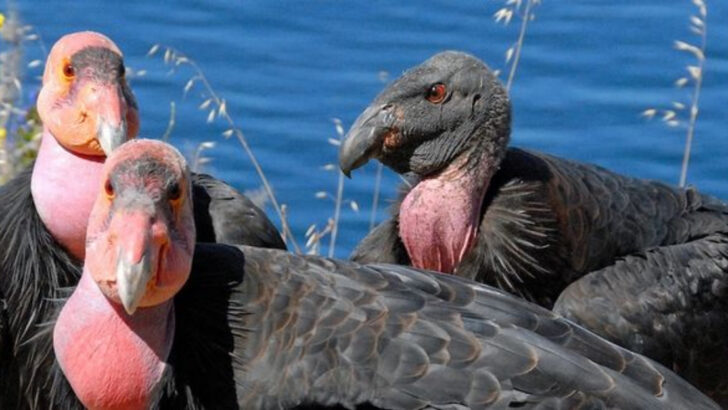They’re vanishing right in front of us—and barely anyone’s looking. While headlines scream about pandas and polar bears, some of North America’s most incredible mammals are quietly fading into silence. No viral campaigns. No glossy documentaries. Just a slow disappearance into the shadows. From elusive forest creatures to desert dwellers few have ever seen, these animals are hanging on by a thread. Habitat loss, climate shifts, and human sprawl have pushed them to the edge— and still, the world scrolls past. It’s not too late to care. But we have to know their names before we lose them forever. Here are 20 mammals fighting to survive on our continent— and why their stories deserve to be shouted, not whispered.
Vancouver Island Marmot

Gentle and curious, the Vancouver Island Marmot is a creature of alpine meadows, its rust-colored fur blending harmoniously with the landscape. Found only on Vancouver Island, this marmot faces habitat loss due to deforestation and climate change.
Its endearing whistles echo across the mountains, a call for connection and survival. Conservation efforts have helped stabilize numbers, yet challenges persist. The marmot’s tale reminds us of nature’s delicate balance and our role in its preservation.
Mexican Wolf
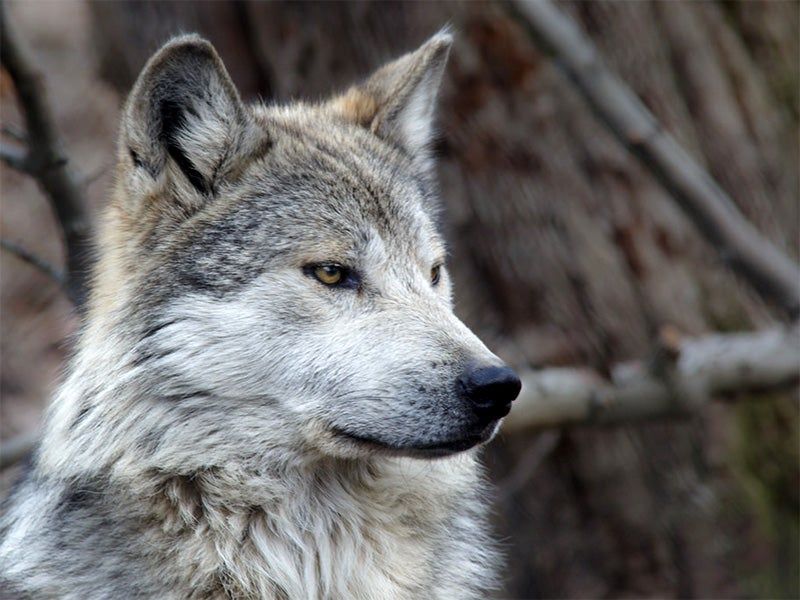
With piercing golden eyes, the Mexican Wolf strides through folklore as a symbol of wilderness. Once on the brink of disappearance, conservation efforts have reintroduced this apex predator to its native range.
Despite legal protections, threats like poaching and habitat fragmentation loom. Its haunting howls underline the urgent need for coexistence with humans. The wolf’s return is a testament to resilience and the complexity of ecological restoration.
Black-footed Ferret
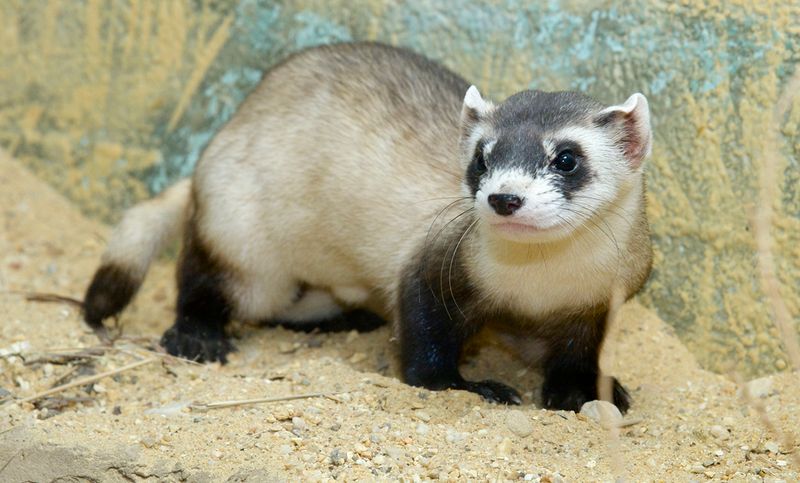
Once thought extinct, the Black-footed Ferret epitomizes the fragile triumph of reintroduction efforts. Living in abandoned prairie dog burrows, it thrives in grasslands, a shadowy sentinel of the night.
Its survival hinges on the precarious existence of prairie dogs, its primary prey. This ferret’s story is one of rediscovery, underscoring the intricate weave of predator-prey relationships.
California Condor
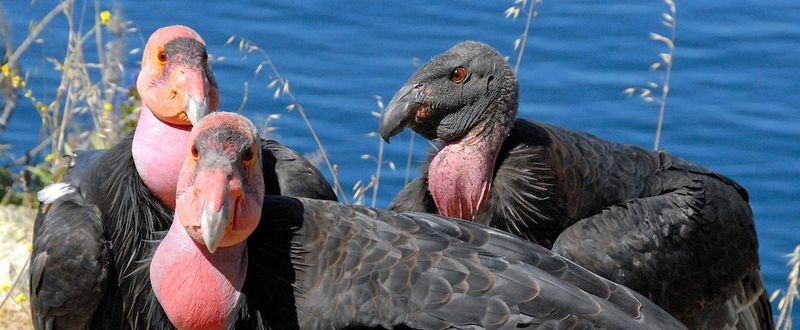
Soaring majestically over the Grand Canyon, the California Condor commands the skies with a wingspan rivaling that of any bird. This scavenger’s comeback from near extinction is a marvel of conservation.
Lead poisoning and habitat encroachment continue to threaten its existence. Yet, its presence symbolizes hope and the enduring spirit of nature’s guardians. The condor’s flight is a beacon for wildlife conservation.
Florida Panther

Elusive and graceful, the Florida Panther prowls through swamps and forests, a ghost of the wilderness. With fewer than 200 in the wild, its survival is continuously challenged by habitat fragmentation and vehicle collisions.
This panther embodies the struggle between development and conservation in a rapidly urbanizing landscape. Protecting its habitats protects an entire ecosystem, a reminder of our interconnectedness.
San Joaquin Kit Fox
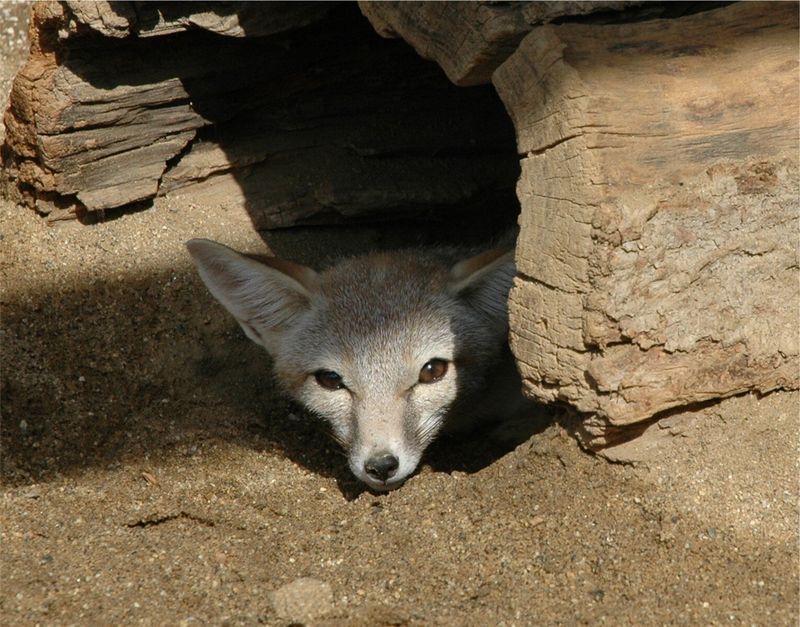
The San Joaquin Kit Fox is a master of survival in arid landscapes, its large ears attuned to the slightest rustle. These nocturnal foxes face threats from agricultural expansion and road developments.
Efforts to conserve the species have seen mixed success, yet the kit fox remains a symbol of adaptability. Its presence in the wild reflects the enduring spirit of desert life.
Polar Bear
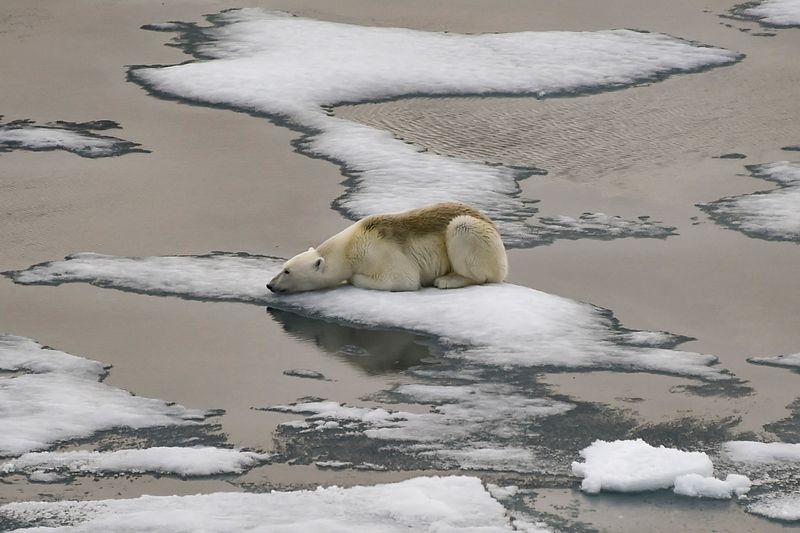
Majestic yet vulnerable, the Polar Bear navigates a world of ice that melts faster each year. Its survival is inextricably linked to the Arctic’s health, where climate change poses the gravest threat.
As the ice retreats, so does the bear’s hunting ground, a stark reminder of the environment’s fragility. The polar bear’s plight calls for urgent climate action.
Eastern Cougar
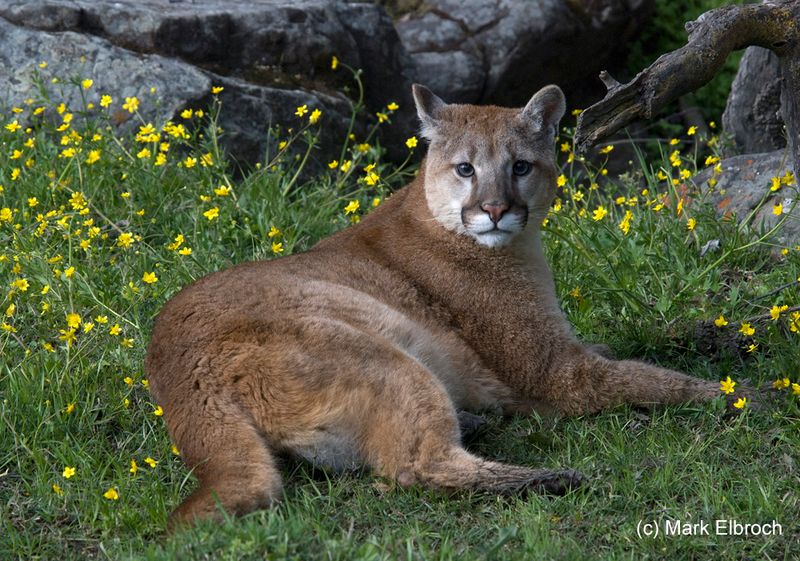
The Eastern Cougar, a ghostly presence in the forest, is more myth than reality, with its official extinction declared years ago. Yet, sightings continue to fuel speculation and hope.
This enigmatic big cat symbolizes the mystery and allure of the wild. Its story urges us to reflect on what is lost and what may still linger in hidden corners.
Red Wolf

Howling under the southern moon, the Red Wolf is a creature of mystery and survival. Wild populations were once declared extinct, but through dedicated efforts, a fragile resurgence has begun.
Hybridization with coyotes and habitat loss threaten their comeback. The red wolf’s journey is a testament to the challenges and hopes of species recovery.
Woodland Caribou
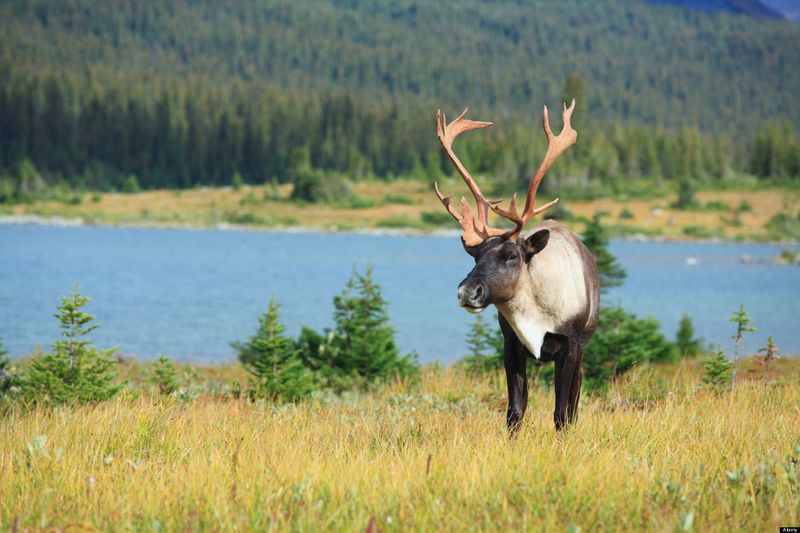
With antlers like crowns, the Woodland Caribou traverses the snowy forests, an embodiment of the wild’s majesty. Industrial activities and habitat fragmentation loom large over its future.
Conservation efforts mix success with setbacks, reflecting the complexity of preserving wilderness. Caribou remind us of the delicate balance between industry and nature.
Key Deer
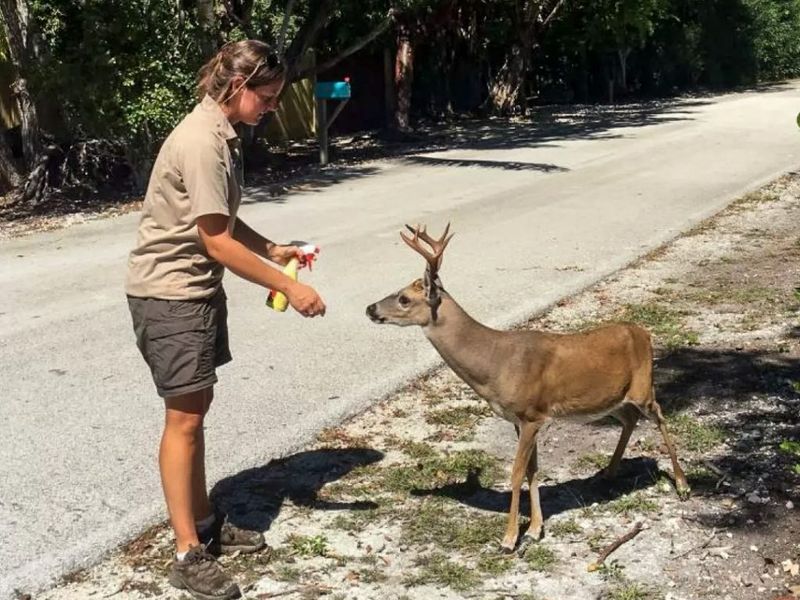
In the warm embrace of the Florida Keys, the diminutive Key Deer strolls through mangroves, a symbol of the islands’ charm. Threatened by habitat loss and vehicle collisions, these deer face an uncertain future.
Conservation successes offer hope, yet vigilance remains crucial. The Key Deer stands as a reminder of nature’s whimsy and fragility.
American Bison
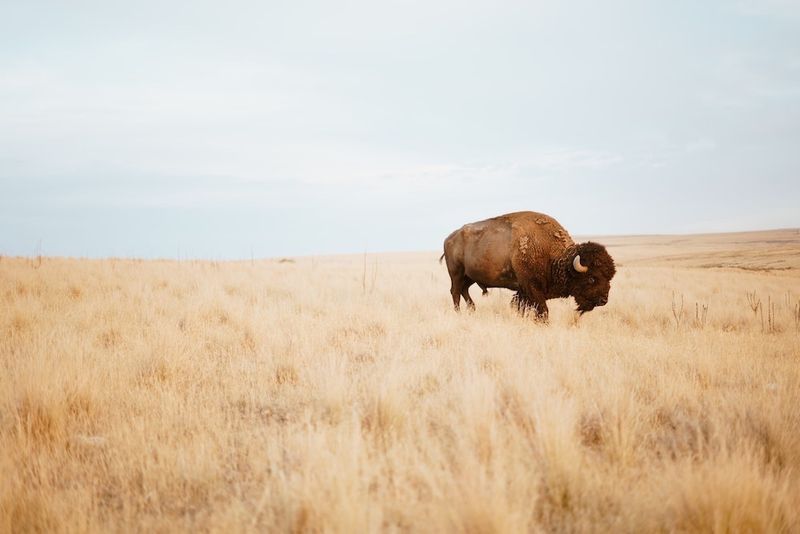
Roaming the vast prairies, the American Bison is a symbol of wild resilience. Once nearly hunted to extinction, conservation efforts have restored its presence on the plains.
Yet, challenges such as genetic purity and habitat preservation remain. The bison’s story is one of survival and adaptation, emblematic of North America’s natural heritage.
Northern Hairy-nosed Wombat

Though often overlooked, the Northern Hairy-nosed Wombat has a face full of character and charm. Found in isolated pockets, this wombat’s numbers are perilously low.
Efforts to expand its habitat and manage threats offer a glimmer of hope. The wombat’s story highlights the importance of targeted conservation for overlooked species.
American Marten
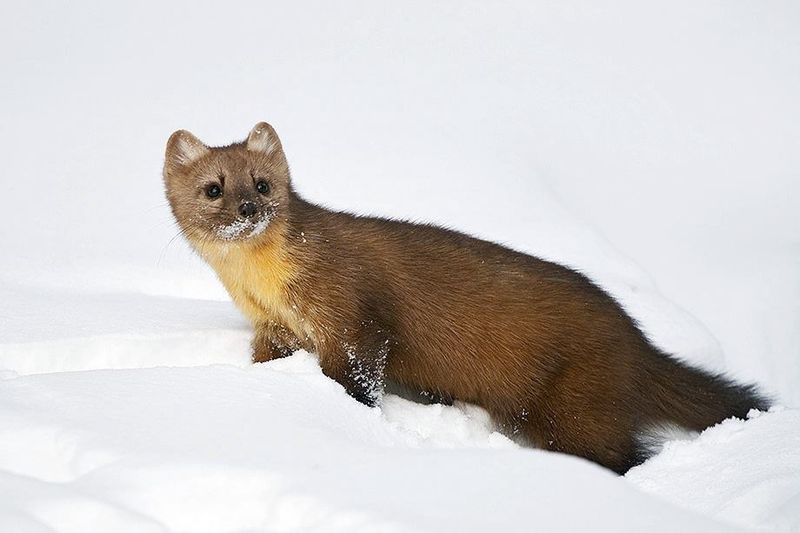
The playful American Marten flits through snow-draped forests, its agility unmatched. Habitat loss and trapping have shadowed its existence, calling attention to the need for forest preservation.
The marten’s journey through the treetops is a dance of survival amid the challenges of modernity.
Island Fox
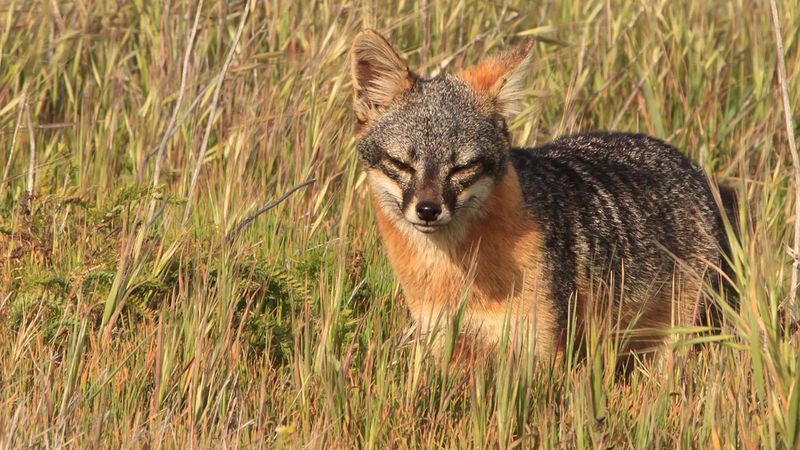
On rugged island landscapes, the Island Fox commands its small kingdom with curiosity. Once on the brink of extinction, concerted conservation efforts have brought it back.
Predation and disease remain threats, a reminder of the ongoing need for vigilance in species recovery. The island fox’s tale is one of resilience and recovery.
Sonoran Pronghorn
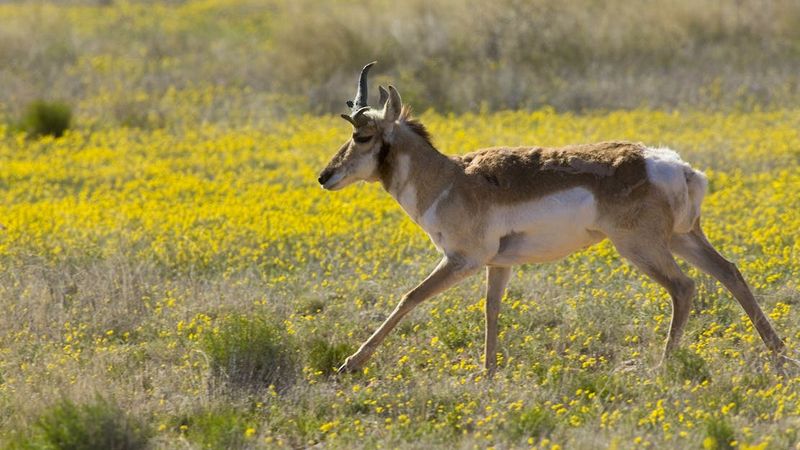
Graceful and swift, the Sonoran Pronghorn is a desert phantom, its movements a blur across arid sands. Drought and habitat fragmentation challenge its survival.
Conservationists work tirelessly to ensure its future, highlighting the resilience needed to thrive in such harsh environments. The pronghorn’s speed is matched only by its fight for survival.
Spotted Bat
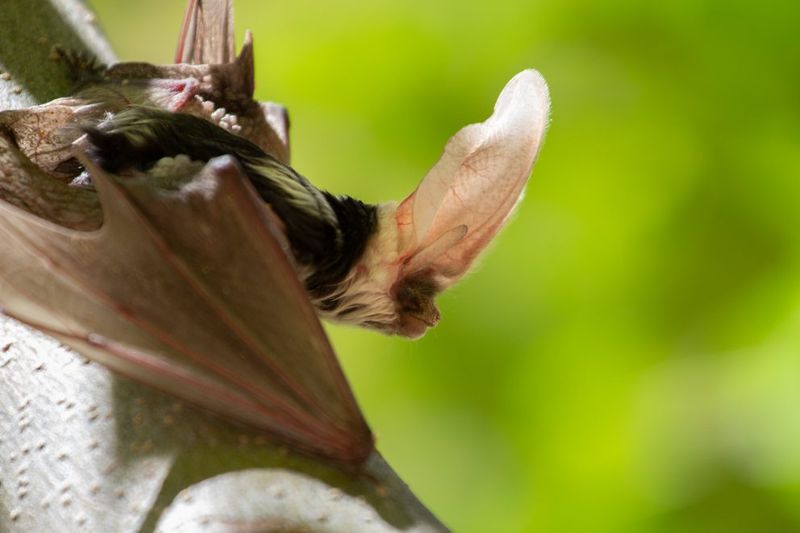
The Spotted Bat, with its distinctive ears, flits silently through the night sky, a creature of mystery. Its habitat is fragmented, and threats like pesticide use and climate change loom.
Despite these challenges, the bat’s ethereal presence continues to grace the night, reminding us of the hidden wonders of the skies.
Bighorn Sheep

With horns like ancient scrolls, the Bighorn Sheep surveys the rocky cliffs, embodying the rugged wilderness. Disease and habitat encroachment threaten its herds, yet conservation efforts persist.
This sheep’s story is one of strength and tenacity, a symbol of nature’s grandeur.
Canada Lynx
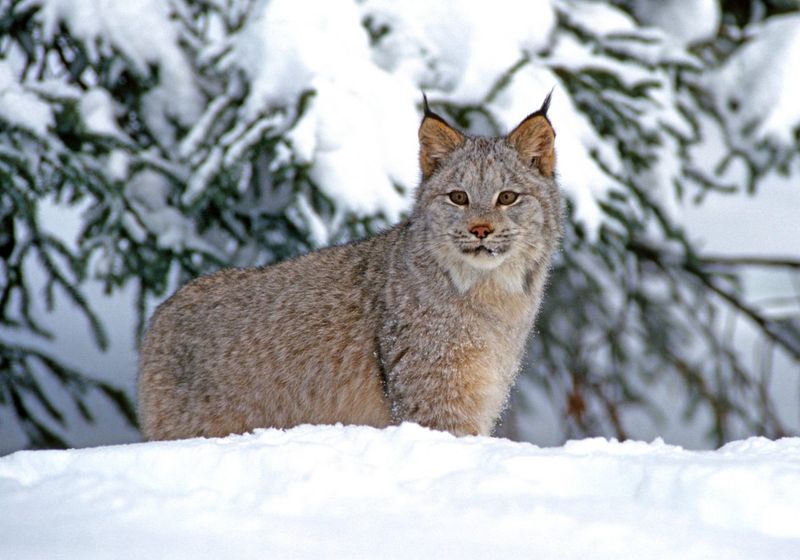
In the boreal forests, the Canada Lynx prowls with enigmatic grace, its tufted ears a hallmark of its mysterious allure. Habitat loss and climate change pose significant threats, yet this feline’s spirit remains unbroken.
The lynx’s presence is a testament to the allure of the wild and the ongoing struggle to preserve it.
American Pika
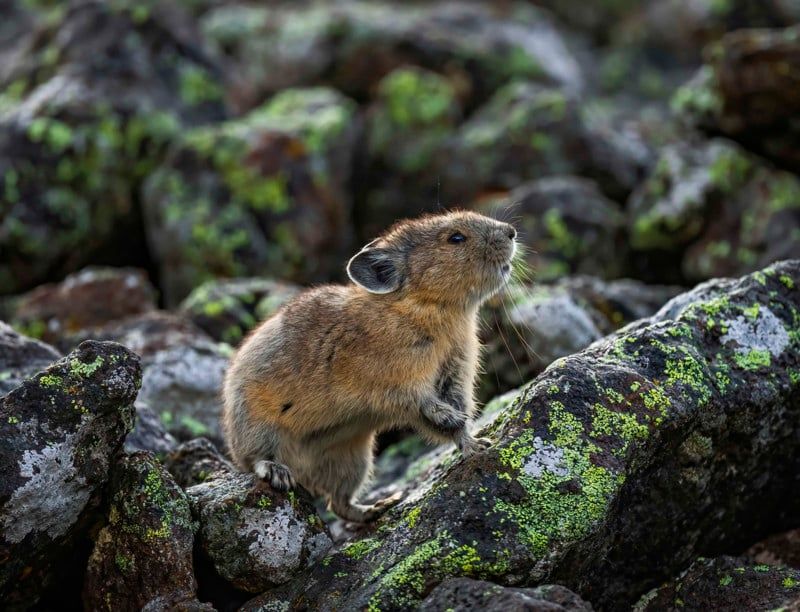
The American Pika, a small mammal with a big personality, gathers wildflowers amidst the rocky slopes of its alpine home. Climate change threatens its habitat, as rising temperatures shrink its icy world.
Adaptation is key, and the pika’s perseverance is a reminder of nature’s ingenuity. Its story calls for climate awareness and action.

